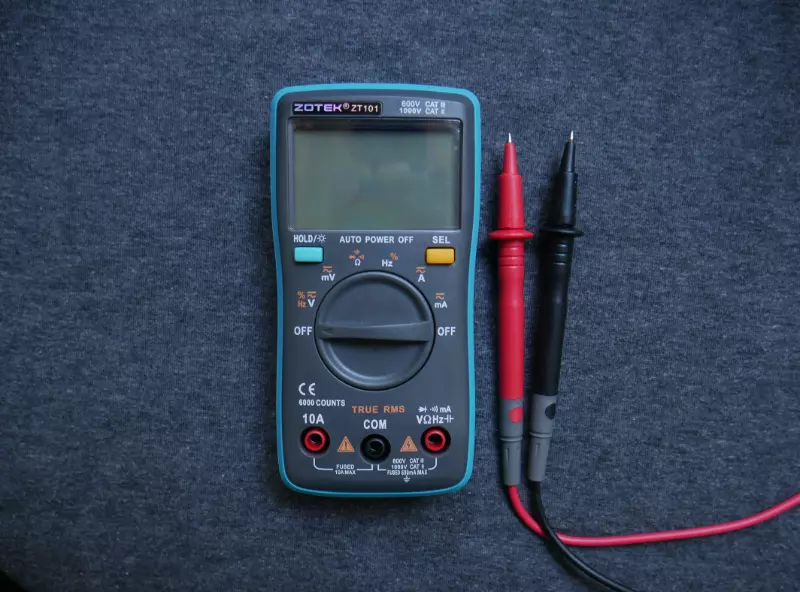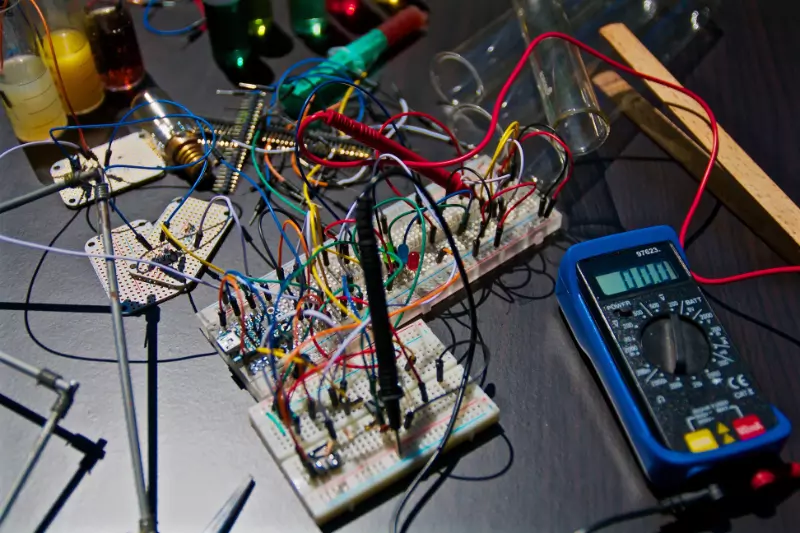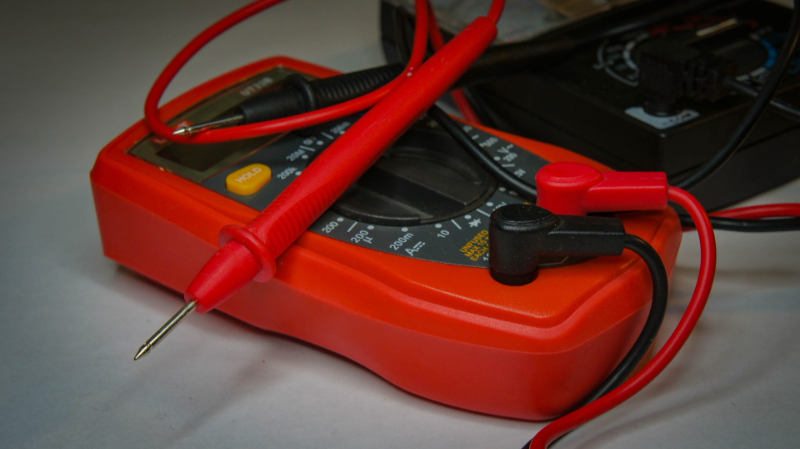Is a PAT test a legal requirement? We look at the laws and regulations on PAT testing and what PAT testing actually does.
There is no compulsory requirement for Portable Appliance Testing to be carried out. The law simply states that employers need to make sure that all of their electrical equipment is regularly maintained so that employees and visitors on the property are not harmed.
The law does not state how this maintenance should be carried out or how often it needs to be done. It is recommended that employers take a risk-based approach, meaning that they should consider the types of equipment that they are using and what the equipment will be used for.
If the equipment is used regularly and moved around a lot, such as a kettle or a hoover, then testing should be an important element of an effective maintenance regime. Visual checks are a vital part of this.
This will give employers confidence that they are taking care of their employees and they are meeting all the necessary benchmarks when it comes to their electrical legal duties.
In this article, we will provide guidance on the maintenance of equipment using a PAT test.
Laws & regulations on PAT testing
PAT tests are discussed a lot by employers, but due to this, there any many myths circulating around relating to how PAT tests fit within the law. This is because there is actually no specific law that directly recommends or urges business owners to have the service PAT testing done on their electrical systems.
The health & safety act at work in 1974
Below is a quote from the health and safety act at work in 1974:
"It is not only the employer's duty but also the employee's duty to ensure the safety of anyone else currently using the work premises."
It is important to note that this regulation also applies to self-employed individuals. This means that it is legally required for business owners and employees to account for the safety of the customers using the property.
The service offered by the business may include the use of different electronic devices by the customers. This means that the business owner and the employees need to make sure that the appliances are safe for customers to use.

The electricity at work regulation 1989
This is by far the most well-defined legal act that covers the testing of different electrical equipment. The regulation gives a full outline for employers and business owners. The regulation states the following:
All electrical systems need to be designed in a way so that all reasonable dangers are avoided
Systems need to be maintained in a way so that all reasonable dangers are avoided
The phrase system refers to equipment that is linked to a common electric source
Electrical components can refer to anything that does the following:
Provide or use electrical energy
Conduct
Store
Measure
Distribute
Control
Rectify
Convert
Transmit
Transform
Generate
So from this, you can understand that systems need to be maintained through inspection and the testing of the electronics.
The provision & use of work equipment in 1998
These are rules that apply to the use of equipment in the workplace. The rule includes various different types of work equipment that are usable by being connected to a source of electricity for power.
This means that all appliances that are fixed, transportable, or portable fall under the above criteria. The responsibility falls on the business owner to make sure that all the equipment within the workplace is maintained. This means the following:
Efficient state
The working order is good and functional
The appliance is in good repair

The management of health & safety at work regulations 1999
This law states the employer must do the following:
Assess the safety and health of the business's employees in relation to the dangers that they could be exposed to in the workplace. It is the duty of the owner to make sure that personnel within the business premises are healthy and safe. This is also applicable to people who are not under the owner's employment but have fallen under the same parameters for danger.
From the rules described above, you can see that the responsibility falls on the employer to ensure that employees are safe within the workplace. It is important for the owner to assess all the dangers relating to the workplace environment that any customers or employees could face.
So, by analysing all the acts and regulations described above, we can say that PAT resting is not necessarily directed by the law. Although, it is a legal obligation that PAT testing needs to be carried out in order to meet the safety in the workplace regulations in the UK.
What is PAT testing?
Portable appliance testing, also known as PAT resting, is the inspection process of basic electrical appliances. The main purpose of the testing is to check whether the equipment is safe for use. Portable appliances are electronics that are used within homes, offices, and other workspaces.
Examples of portable appliances are computers, televisions, toasters, printers, refrigerators, and more. All of these pieces of equipment run on electricity. This means that they can be dangerous if they are not properly maintained on a regular basis.
A standard PAT test includes the following steps:
- A full visual check of the general condition of an appliance
- The current-carrying cabling
- The source of the electricity (essentially the plug)
A PAT test will usually also include an in-depth check with unique PAT testing tools. This will check the internal current-carrying sections of the appliance.

How is the PAT test conducted?
A PAT test is a routine inspection of electrical appliances in order to check their safety. A full PAT test includes a visual inspection of the appliance, as well as a full in-depth hardware inspection.
The PAT test includes an inspection of the current-carrying internals of the appliance in order to make sure that the equipment is electrically safe. There are also tests that are done using an ohmmeter, also known as a PAT tester as some may know it as, in order to carry out an in-depth PAT test.
This will produce the ohm reading of the appliance. This can then be used to determine the safety of the equipment's internals. This is done so that the danger of the systems can be avoided.
Below are aspects of electronics which are tested by the PAT tester:
- Clear verification of the earthling conductivity
- The soundness of the insulation test
- Testing the source of the current supply
- Testing the extension leads and cables
- Leakage test - current carrying sections and exposed metal
Once this test has been conducted, the PAT tester will affix a pass sticker to all of the appliances that have been tested. If an appliance does not pass the test, then the fault with the device will be fixed by the tester.
If the tester does not have the ability to fix the device, then they will recommend another service to carry out the repair and have it completed as soon as possible. There are some services that will also offer a digital emailed version of the conducted test certificates.
PAT testing frequency
When trying to determine the frequency that PAT tests should be carried out, the following should be your main considerations:
- The type of appliance
- How frequently is the appliance used
- Any complaints received from staff or customers about the appliance
Appliances that are used in offices, shops, and homes should be inspected around every twelve to forty-eight months. The amount that these inspections take place will depend on the type of equipment that is being discussed.
Normal home appliances should be checked around every forty-eight months if there have been no faults. Where-as appliances regularly used in an office, such as photocopiers, electric kettles, and coffee machines, need to be tested far more frequently. It all comes down to how often these pieces of equipment are being used.
If you require a local PAT testing in Lincolnshire get in touch today. Contact us today for electrical services in Spalding and Lincolnshire. We will be happy to answer any questions that you may have.

